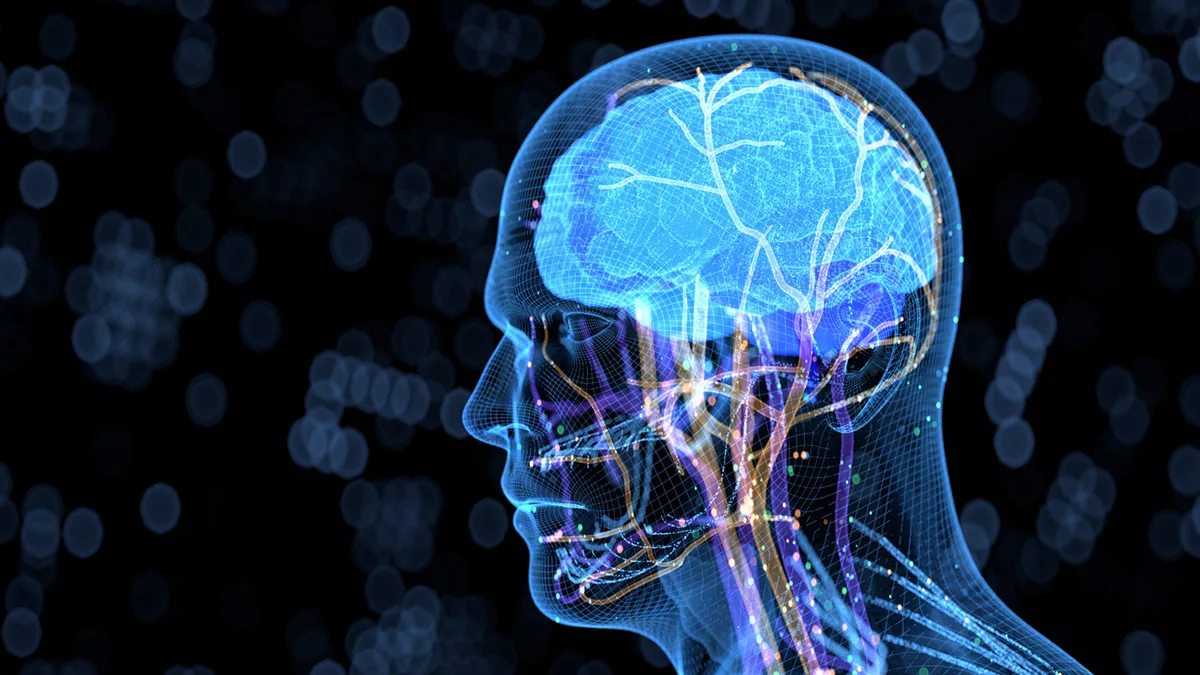
Overview
Unlocking the body's electrical communication might make medicine look more like an electrician's toolkit and offer potential solutions for chronic inflammatory conditions.
Transforming Chronic Disease, Extending Lifespan with ‘Electric’ Medicine
Vagus nerve stimulation (VNS) sounds like clickbait – try this one weird trick to cure chronic disease and extend lifespan – but researcher Kevin Tracey, MD, has decades of clinical data indicating that the treatment – typically through a pill or coin-sized device inserted under the skin – actually works.
Speaking at the Biofuture conference in New York in October, Tracey, President and CEO of the Feinstein Institutes for Medical Research at Northwell Health, outlined how this approach, also referred to as bioelectronic medicine – has gained wider acceptance for a variety of conditions.
“We're at a particular place in time and history where an innovative idea using electronics to replace pills is coming to a tipping point.” Tracey said. “What if a minute a day of electricity flowing through your vagus nerve suppresses your inflammatory burden on your arteries and slows the progression of atherosclerosis? What would that do for all of us?”
The vagus nerve is one of the longest in the body. Stimulating it with electric currents for short periods of time has shown the ability to alleviate symptoms for different diseases. The U.S. Food and Drug Administration (FDA) first approved VNS in 1997 for patients with epilepsy who did not respond to traditional medications. Now, nearly three decades after its introduction, the devices have been implanted in more than 100,000 patients with epilepsy worldwide.
The FDA expanded its approval of VNS to patients with treatment-resistant depression in 2005, and for stroke recovery in 2021. Over the years, VNS has been explored for various other conditions, including chronic pain and cluster headaches, with ongoing research into its broader therapeutic potential.
Setpoint Medical, a company Tracey co-founded, has been testing VNS in patients with rheumatoid arthritis. In July, the company announced its 242 patient clinical trial conducted across 30 U.S. medical centers met its primary endpoints, with more data to come in the future.
The theory behind the treatment is that the vagus nerve is a major communication highway that alerts the brain to the presence of inflammation. Stimulating that nerve, even for just one minute a day, can help reduce inflammation throughout the body.
As researchers continue to unlock the body's electrical communication systems, the future of medicine might increasingly look less like a pharmacy and more like an electrician's toolkit – offering new hope for millions suffering from chronic inflammatory conditions.
"We understand how vagus nerve stimulation suppresses inflammation better than we understand how most drugs work," Tracey said in an exclusive follow-up interview with Cure. "I can put a laser beam into the brainstem of a mouse and follow individual neuron signals down to the spleen, into the cells that make the cytokine storm that cause inflammation and watch them get switched off."
Chronic inflammation has been increasingly linked to different conditions, such as cardiovascular disease, some cancers and Alzheimer’s – although the role it plays – as a cause or symptom – isn’t completely clear. These non-communicable diseases, as well as diabetes, account for more than 40 million deaths annually, or nearly three quarters of all deaths globally, according to the World Health Organization.
Currently, more than 140 active clinical studies are recruiting patients for VNS therapy, according to a search on ClinicalTrials.Gov, testing the treatment in conditions including autism, fibromyalgia, Long COVID, Parkinson’s and spinal cord injuries. Beyond treating existing conditions, Tracey sees potential for bioelectronic medicine to help extend human healthspan – the period of life spent in good health.
"The scientific revolution came, we eradicated infection as the principal cause of death, and lifespan increased,” Tracey said. “If the current threat is inflammation rather than infection, what happens if we can control that?"
Despite the hype, Tracey is realistic about how widespread VNS can be applied.
“Some patients will respond to this as their primary therapy and not have their drugs,” he said. “Some patients will continue to need drugs and some patients like every other condition in medicine and surgery, some patients are not going to respond to these devices or their drugs. It might be because we don't know enough about the disease.”
However, challenges remain in bringing these treatments into mainstream medicine. Despite FDA-approval, adoption has been slowed by factors including a lack of insurance coverage and physicians who aren’t aware of the treatment or the clinical evidence behind it.
“When you have a true innovation in medicine, the adoption can take years or decades to get into mainstream practice,” Tracey said. “My job is to try to figure out ways to shorten the adoption so that millions of people can get this thing sooner.”








